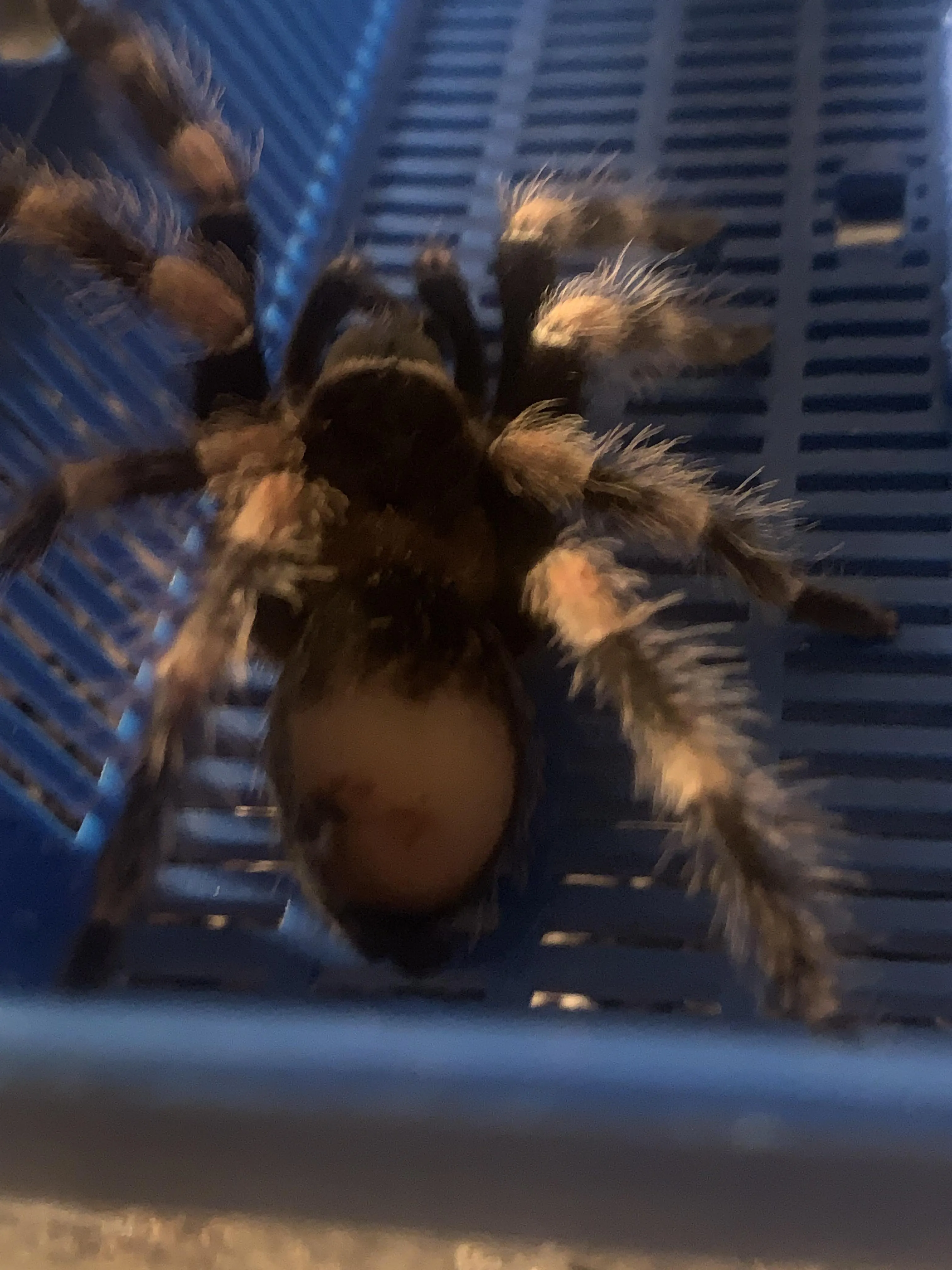What is a Red5 Tarantula
The Red5 tarantula, scientifically known as Brachypelma hamorii, is a captivating species that has become increasingly popular among tarantula enthusiasts. Native to the arid regions of Mexico, these spiders are known for their striking appearance and relatively docile temperament, making them a good choice for both novice and experienced keepers. This comprehensive guide will provide you with everything you need to know to successfully keep and care for a Red5 tarantula, from setting up their habitat to understanding their behavior and health needs. By following these guidelines, you can ensure your tarantula lives a long, healthy, and fulfilling life.
Origin and Characteristics of Red5 Tarantulas
Understanding the origins and unique characteristics of the Red5 tarantula will provide a deeper appreciation for these amazing creatures. The Red5 tarantula is a terrestrial species, meaning it spends most of its time on the ground. They are native to the Pacific coast of Mexico, thriving in dry scrublands and grasslands. Their lifespan can be quite impressive, with females living for up to 25 years and males typically living for around 5-7 years. This longevity, coupled with their relatively calm demeanor, makes them appealing as pets, but responsible ownership is paramount.
Appearance of Red5 Tarantula
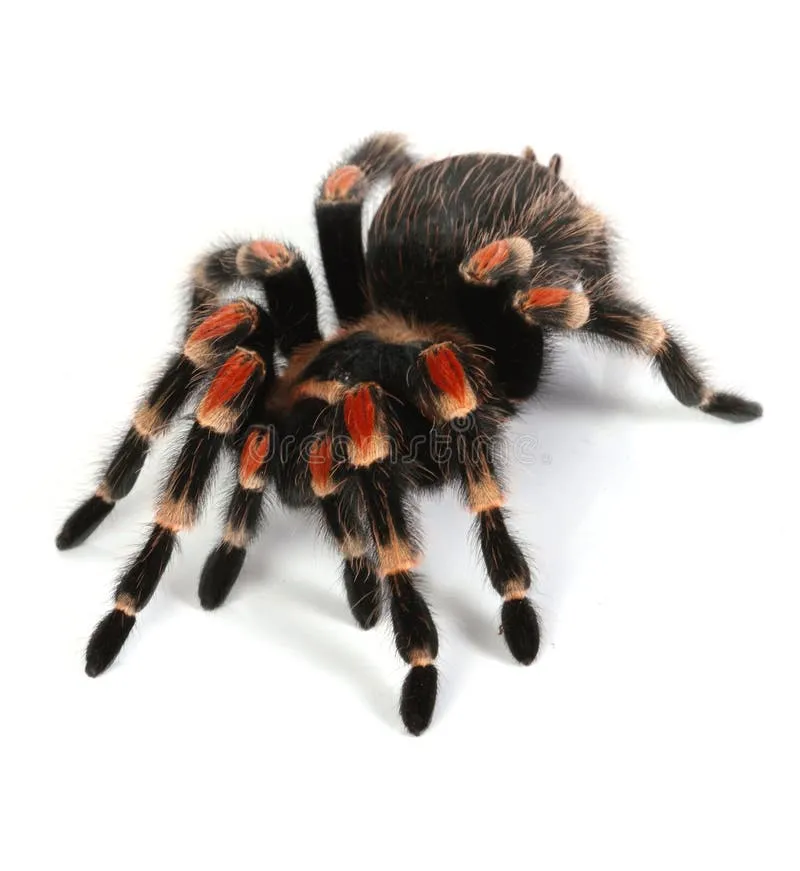
The Red5 tarantula’s beauty is one of the key reasons for its popularity. Their carapace, or the top shell of their body, is a dark brown or black color, while their legs display vibrant orange or reddish hues, creating a striking contrast. The abdomen is usually covered in dark hairs, which the tarantula can flick off as a defense mechanism. Adult females can reach a leg span of up to 6 inches, making them a medium-sized tarantula. Regular molting allows them to shed their exoskeleton and grow, revealing brighter colors and increasing in size with each molt. This molting process is a fascinating aspect of owning a Red5 tarantula.
Where do they come from
Red5 Tarantulas are native to the Pacific coast of Mexico. Specifically, they are found in arid and scrubland environments. They are terrestrial spiders, meaning they live primarily on the ground. They have adapted to the dry climate of their native habitat. These spiders are burrowers by nature, creating underground burrows to hide from predators and regulate their body temperature.
Behavior and Temperament of Red5 Tarantulas
Red5 tarantulas are generally known for their docile and calm temperament, making them one of the more handleable tarantula species. However, it’s essential to remember that they are still wild animals and should be treated with respect. They are not aggressive and typically prefer to flee or flick urticating hairs (tiny, irritating hairs) as a defense mechanism if they feel threatened. Observing their behavior can provide insight into their needs. Understanding their temperament is crucial for responsible ownership and ensuring both the spider’s and your safety.
Temperament of Red5 Tarantula
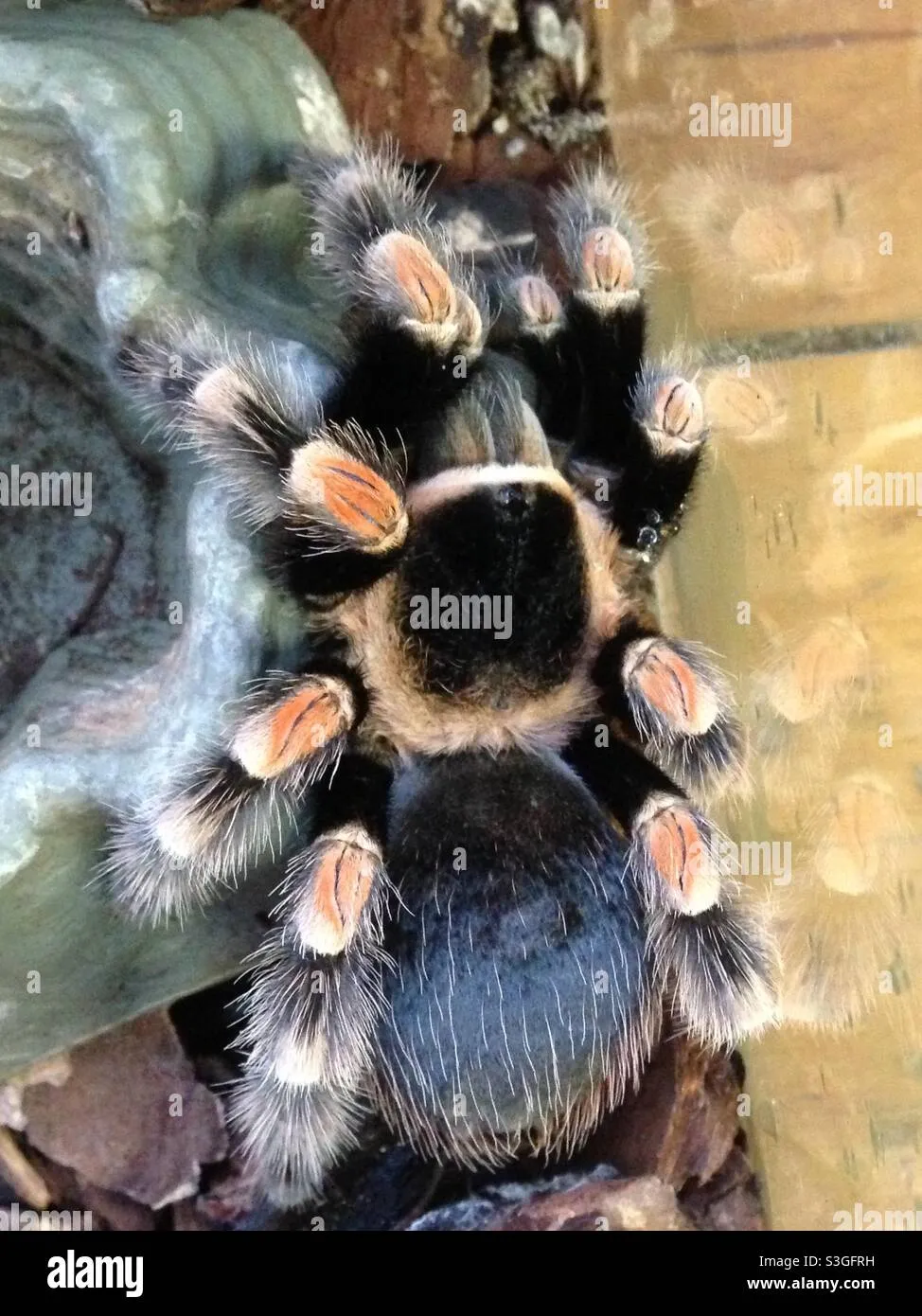
The Red5 tarantula’s temperament makes them suitable for beginners, although it’s crucial to approach them with patience and understanding. They are generally not prone to biting, preferring to run away or flick hairs when feeling threatened. Avoid sudden movements and loud noises near the enclosure to avoid startling them. The calmness of Red5 tarantulas is a significant advantage for new keepers. However, remember that each tarantula has its unique personality, so observe your individual spider to understand its behavior.
Habitat and Enclosure Setup
Creating the right habitat is crucial for the health and well-being of your Red5 tarantula. A well-designed enclosure will not only provide a comfortable living space but also mimic their natural environment, reducing stress and promoting their overall health. Consider the size of the enclosure, the type of substrate, and the need for proper temperature and humidity control.
Choosing the Right Enclosure for Your Red5 Tarantula
The enclosure should be appropriately sized for the spider. A good rule of thumb is to provide a space that is approximately three times the tarantula’s leg span in width and length. A 10-gallon tank is typically suitable for juveniles, while adults will require a larger enclosure, such as a 20-gallon long tank. The enclosure must have a secure, well-ventilated lid to prevent escape, as tarantulas can be surprisingly adept at climbing. Glass or acrylic terrariums work well, but always ensure proper ventilation to prevent the build-up of excess humidity.
Substrate and Decor
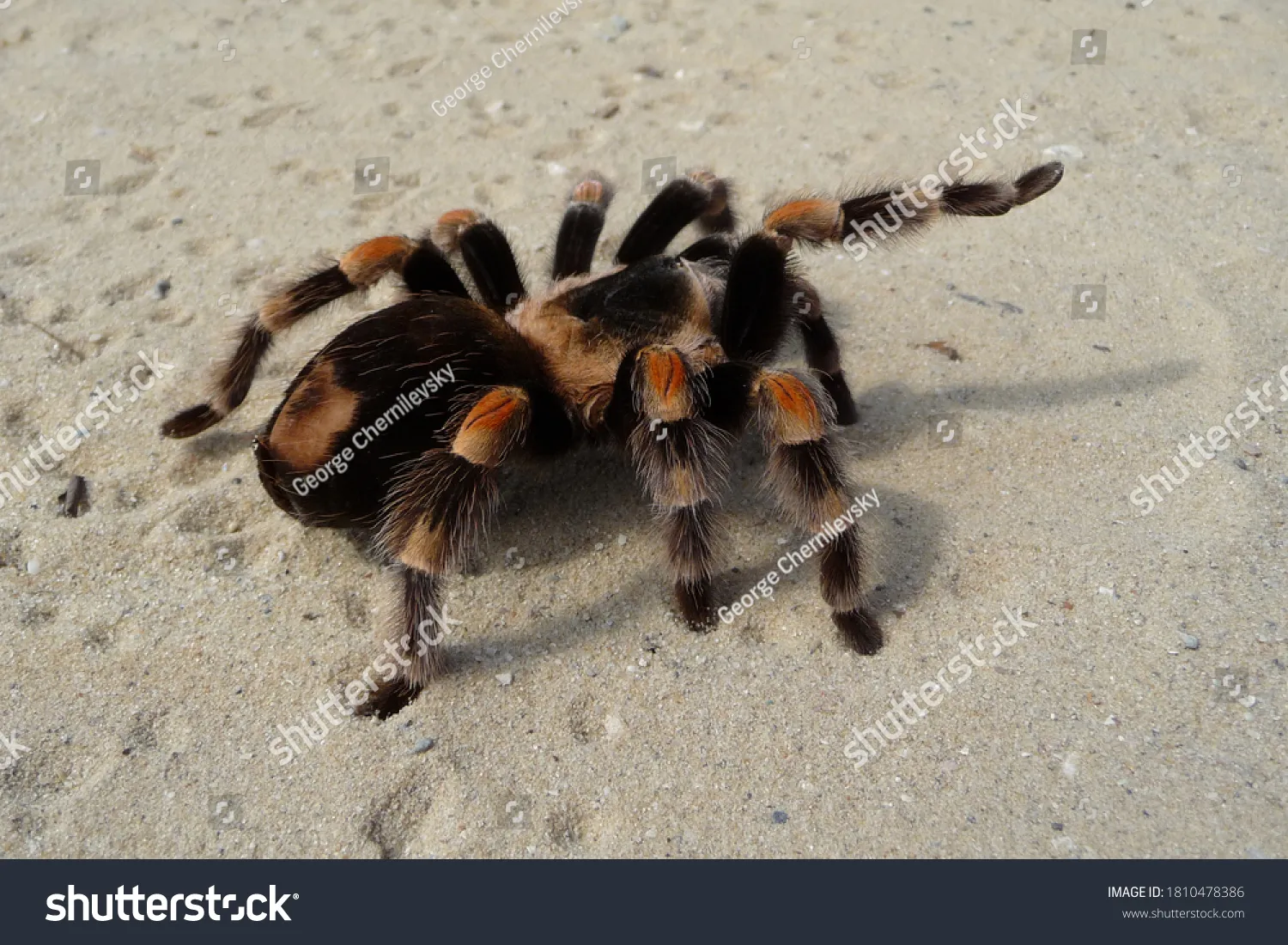
The substrate, or bedding, should be deep enough for the tarantula to burrow, reflecting their natural burrowing behavior. A mix of peat moss, vermiculite, and coconut fiber is a good choice, as it holds moisture well while providing good drainage. The substrate should be at least 4-6 inches deep for adults. Adding decorations such as cork bark, artificial plants, or hides can enhance the enclosure and provide hiding places, reducing stress. Avoid sharp objects and ensure all decorations are secure to prevent injury to the spider.
Temperature and Humidity Control
Maintaining the correct temperature and humidity levels is critical for the health of your Red5 tarantula. The ideal temperature range is between 75-85°F (24-29°C). You can use a heat mat placed on the side of the enclosure, ensuring it doesn’t get too hot. Avoid placing the heat mat directly under the enclosure, as this can cause the substrate to dry out excessively. Humidity levels should be maintained around 60-70%. Regular misting of the enclosure with dechlorinated water, along with a shallow water dish, helps maintain the necessary humidity levels. Use a hygrometer to monitor the humidity levels accurately.
Feeding and Diet
Proper nutrition is essential for the growth and overall health of your Red5 tarantula. They are primarily insectivores, meaning their diet consists mainly of insects. Providing a balanced diet and following a consistent feeding schedule are key aspects of tarantula care.
What do Red5 Tarantulas eat
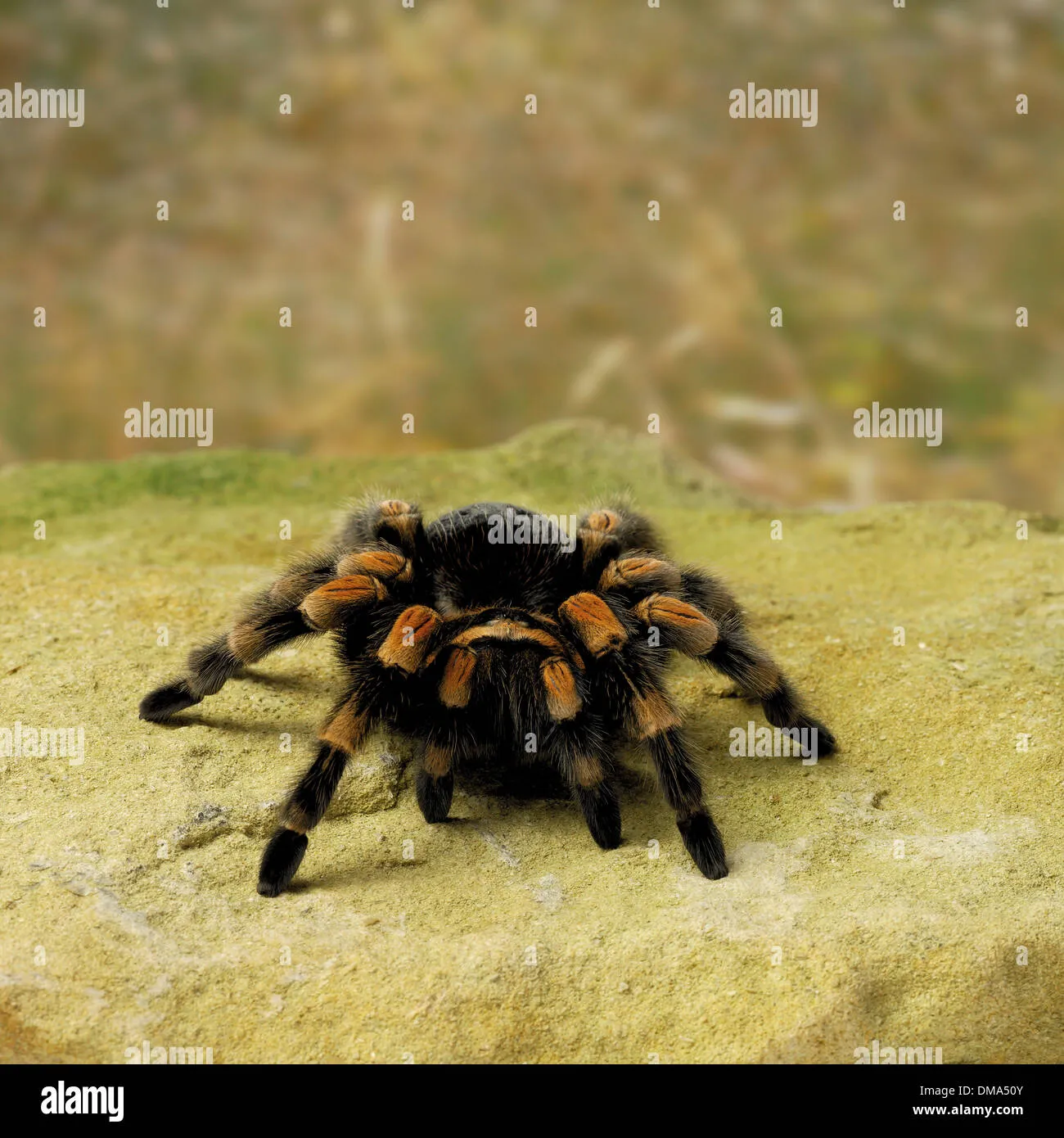
The primary diet for Red5 tarantulas consists of insects. Crickets, roaches (such as Dubia roaches), mealworms, and superworms are all suitable options. Varying the diet is beneficial, providing different nutrients and preventing boredom. Avoid feeding wild-caught insects, as they may carry parasites or pesticides that can harm your tarantula. Always ensure that the insects are gut-loaded (fed nutritious food) before offering them to your spider, to maximize their nutritional value.
Feeding Schedule and Techniques
The feeding schedule will depend on the age of the tarantula. Spiderlings should be fed 2-3 times per week, while juveniles can be fed once or twice a week. Adult tarantulas can be fed once every 1-2 weeks. Always remove any uneaten food within 24 hours to prevent mold and mites. Offer the insects directly to the tarantula using tongs to minimize the risk of being bitten. Monitor your tarantula’s abdomen; a plump abdomen indicates a well-fed spider. If the tarantula refuses to eat, it may be approaching a molt.
Watering and Hydration
Fresh water is crucial for your tarantula’s hydration. Always provide a shallow water dish with fresh, dechlorinated water. The dish should be shallow enough to prevent the tarantula from drowning. Regularly check and refill the water dish. Misting the enclosure can also help maintain humidity and provide additional water droplets for the tarantula to drink, especially during molting.
Handling and Safety
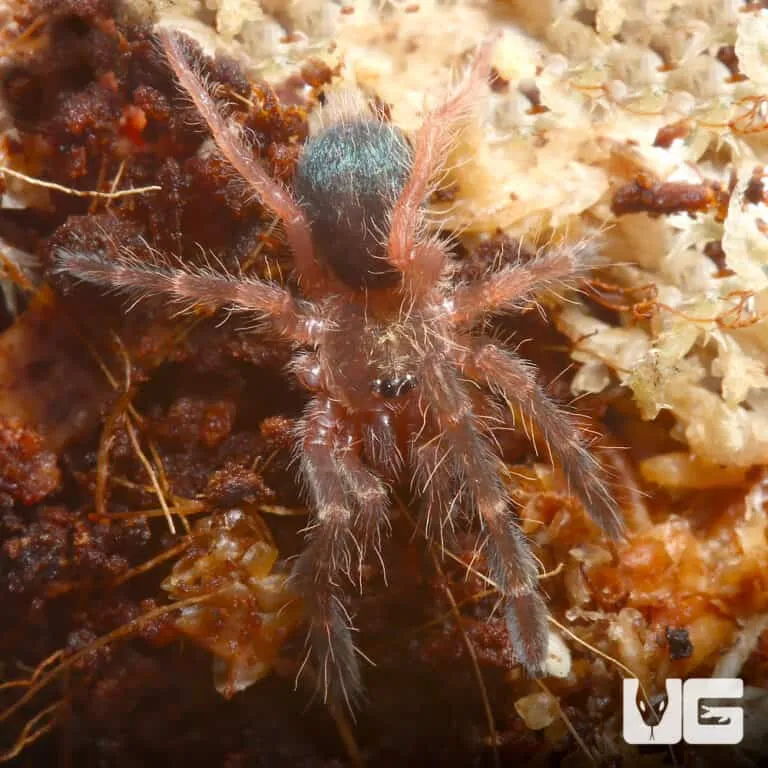
While Red5 tarantulas are generally docile, it is essential to handle them with care and follow safe practices to prevent bites or injury. Understanding their behavior and knowing how to respond to stress signals is key to responsible handling.
Safe Handling Practices for Red5 Tarantulas
If you choose to handle your Red5 tarantula, do so cautiously and slowly. Always approach the tarantula calmly. Handle them close to a soft surface, like a bed or a carpet, in case they fall. Avoid sudden movements and do not squeeze or drop the tarantula. Handle your tarantula for only short periods. Wash your hands thoroughly before and after handling to remove any potential irritants or contaminants.
Recognizing Signs of Stress
Recognizing signs of stress in your tarantula is essential for ensuring its well-being. If the tarantula flicks its urticating hairs, this is a clear sign of distress. Other signs include a defensive posture, such as raising its front legs or presenting its fangs. If the tarantula tries to escape, it is likely stressed. Always return the tarantula to its enclosure if you notice any signs of stress. Do not force interaction and allow the tarantula to retreat if it wishes.
Common Health Issues
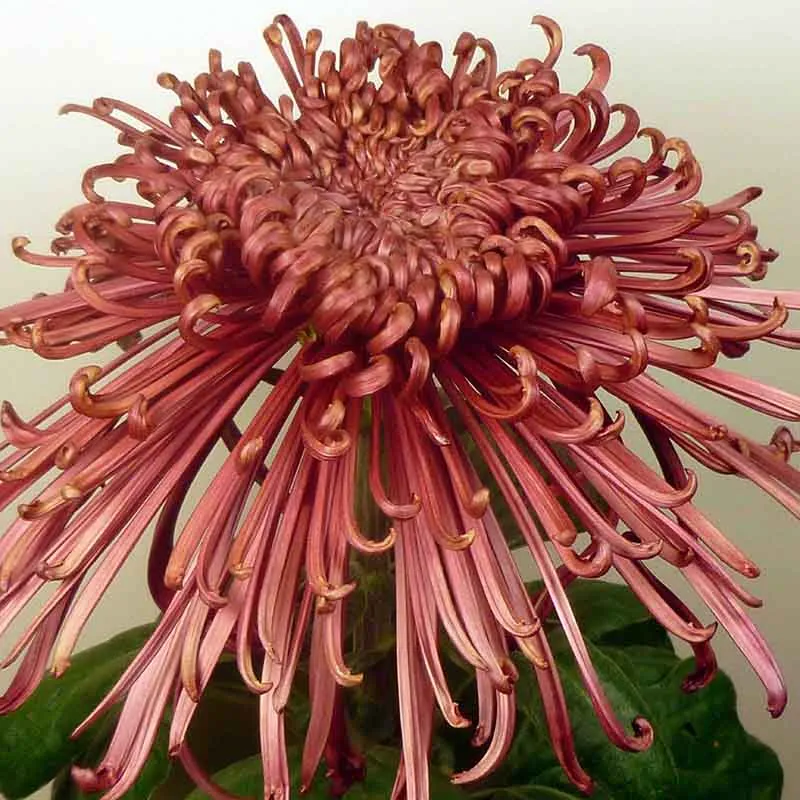
Like any pet, Red5 tarantulas can be susceptible to health problems. Knowing the common issues and how to prevent them is crucial for responsible tarantula keeping.
Preventive Care and Maintenance
Preventive care is the best way to ensure your tarantula remains healthy. Regular cleaning of the enclosure is essential. Remove any uneaten food, shed skins, and fecal matter to prevent mold and bacterial growth. Maintain proper temperature and humidity levels. Provide a varied diet with gut-loaded insects. Monitor your tarantula for any signs of illness. A healthy tarantula will be active, eat regularly, and have a plump abdomen.
Breeding Red5 Tarantulas
Breeding Red5 tarantulas can be a rewarding but complex process. It is recommended for experienced keepers only. Understanding the breeding process and the requirements for successful breeding is critical for the well-being of both the male and female tarantula.
Breeding Process
Before breeding, ensure both the male and female tarantulas are healthy and well-fed. The female should be larger than the male and have recently molted. Introduce the male to the female’s enclosure. Monitor their behavior closely. If the female is receptive, the male will drum on her legs. After mating, remove the male to prevent the female from eating him. The female will lay an egg sac. The eggs will hatch, and the spiderlings will emerge.
Caring for Spiderlings
Caring for spiderlings requires special attention and resources. After hatching, spiderlings will need their own individual enclosures to prevent cannibalism. They should be fed small, flightless fruit flies or pinhead crickets. Maintain proper humidity and temperature levels. Spiderlings grow rapidly, so be prepared to provide them with larger enclosures as they mature. This process is incredibly time consuming, and you need to prepare for the large amount of space that they will take up. It is important to only breed when you are prepared to provide care for all of the resulting spiders.
